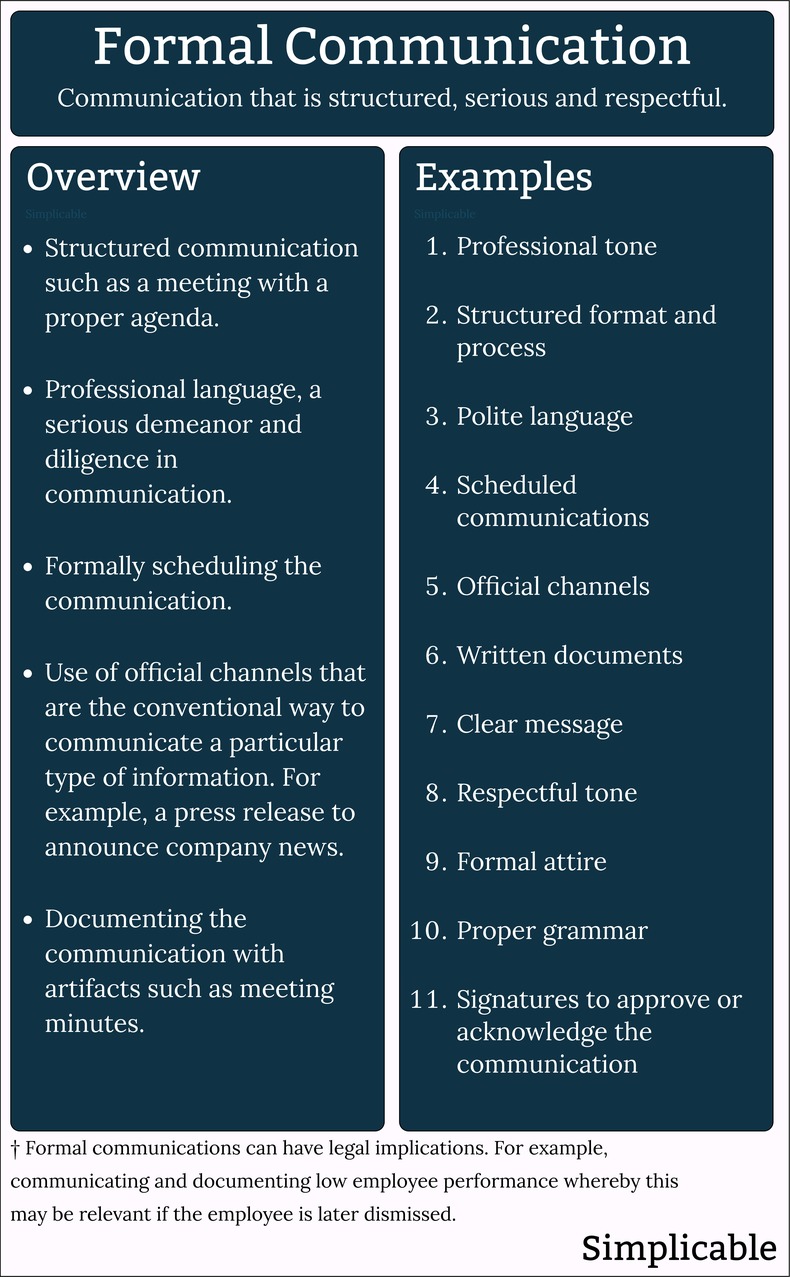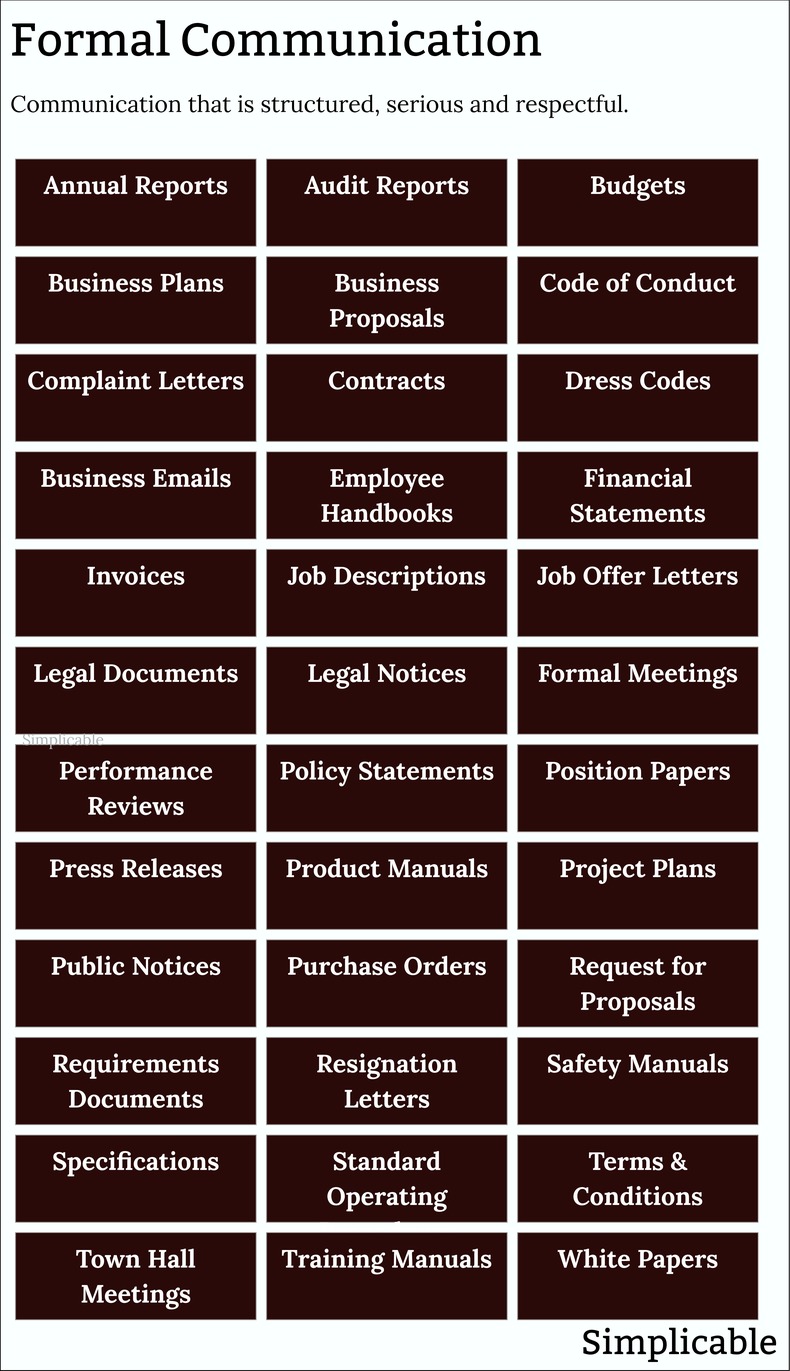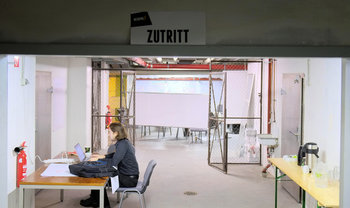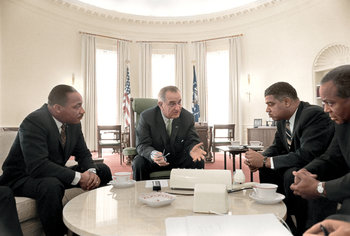
Analysis Reports | Annual Reports |
Application Forms | Audit Reports |
Brochures | Budgets |
Business Plans | Business Proposals |
Bylaws | Catalogs |
Code of Conduct | Complaint Letters |
Conferences | Constitutions |
Contracts | Customer Inquiries |
Documents | Dress Codes |
Email | Employee Handbooks |
Evaluations | Feedback Forms |
Financial Statements | Incident Reports |
Invoices | Job Descriptions |
Job Offer Letters | Laws |
Legal Documents | Legal Notices |
Letters | Meeting Agendas |
Meeting Minutes | Meetings |
Memorandum of Understanding | Memos |
Mission Statements | Organizational Chart |
Performance Feedback | Performance Reviews |
Permits | Policy Statements |
Position Papers | Presentations |
Press Kits | Press Releases |
Procedure Manuals | Product Manuals |
Project Plans | Public Notices |
Public Speaking | Purchase Orders |
Regulations | Reports |
Request for Proposals | Requirements Documents |
Resignation Letters | Safety Manuals |
Specifications | Standard Operating Procedures |
Statements of Principles & Values | Terms & Conditions |
Testimonials | Town Hall Meetings |
Training Manuals | Verbal Instructions |
Verbal Warnings | Video Conferences |
Warning Letters | White Papers |
Discussion
Scheduled meetings are generally formal, particularly if they occur on the premises of a firm and are documented with meeting minutes.Notices that are of legal and/or commercial relevance are formal. In some cases, this requires an audit trail to show that a notice was received. For example, a performance review may be signed by a manager and employee and retained as a record.Documents that are officially released to their intended audience are more formal than a draft. It is common to use version numbers and comments such as "draft" to indicate an unreleased document. Reports such as a dashboard that is published to stakeholders is a formal type of communication as this may drive decision making such that this demands professionalism and accuracy. Information that is published with wide distribution such as a press release, blog entry or white paper is generally formal. This can include internal publications such as an intranet post.Information posted to official social media accounts or by employees who are charged with representing an organization.Graphics such as signs, posters, slides and handouts that are displayed in public locations or an office could be viewed as formal.Messages such as emails that are sent in an official capacity are formal. It is common to keep professional and private messaging accounts separated.Media content such as videos and audio that is released through official communication channels.Presentations to internal staff or at public events such as an industry conference are generally formal.Overview
Formal communication is structured, polite, direct, clear and diligent. This can have many nuances. For example, a scheduled meeting with an agenda and meeting minutes is more formal than an impromptu meeting with no documentation.
Summary
The following are common types of formal communication that generally require professionalism and diligence.







































